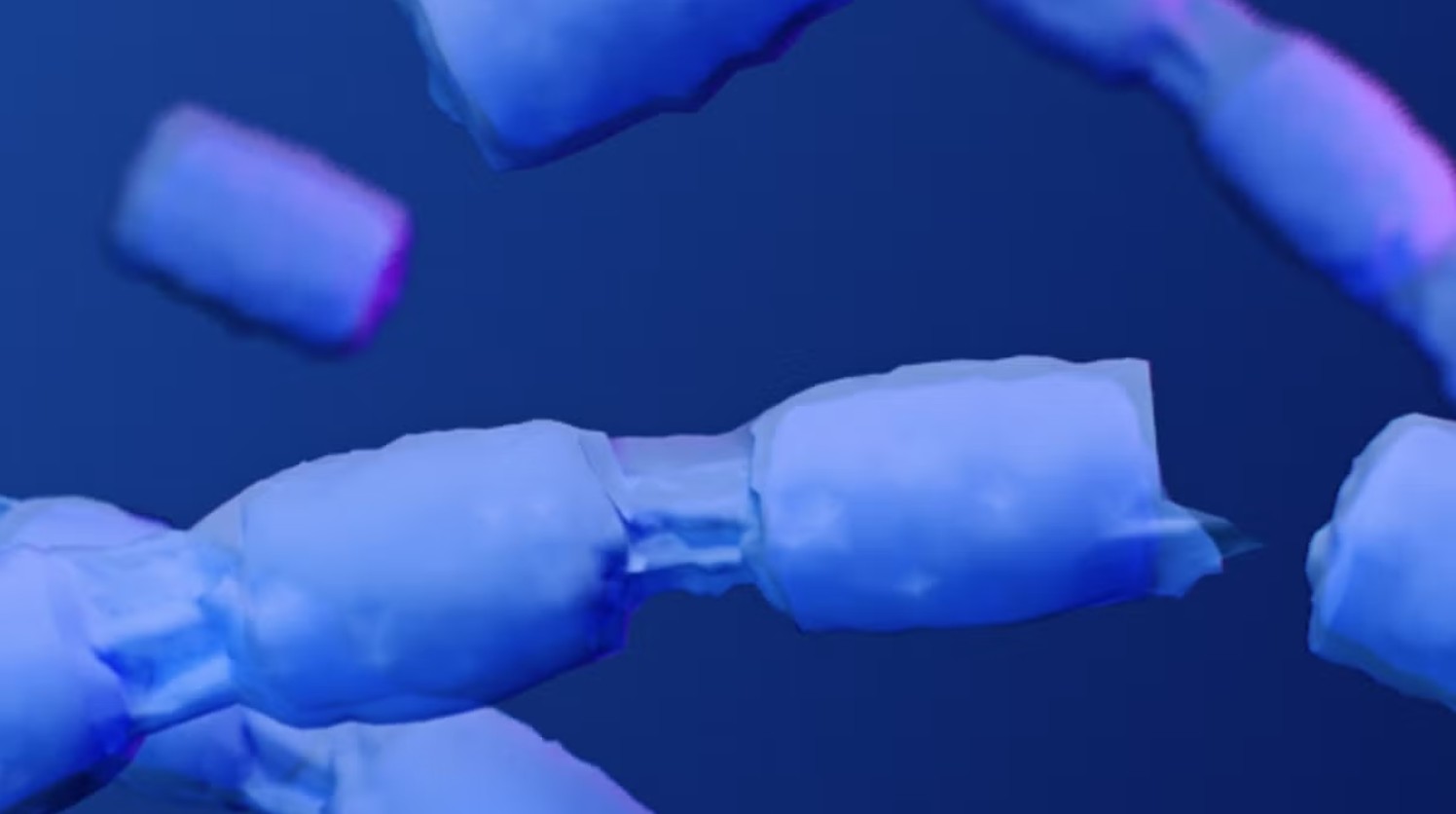A rapid test, developed by an ASU professor working with Mayo Clinic, could be available for use by the end of the year.

A medical illustration of coccidioides, the fungus that causes valley fever. Image by the CDC
Up to 3% of people in the Southwest are exposed to valley fever annually — the fungi that cause the disease are found in soil and can be breathed into the lungs — but the current median time to diagnosis through blood testing is 23 days.
And though many people have no symptoms, in some cases, the infection can spread beyond the lungs to the brain, bones or any other organ and become life-threatening.
Why this research matters
Research is the invisible hand that powers America’s progress. It unlocks discoveries and creates opportunity. It develops new technologies and new ways of doing things.
Learn more about ASU discoveries that are contributing to changing the world and making America the world’s leading economic power at researchmatters.asu.edu.
That’s why an Arizona State University professor, in conjunction with Mayo Clinic, is working on a rapid test for valley fever that could be available for use in humans by the end of 2025.
Douglas Lake, an immunologist and professor in ASU’s School of Life Sciences, and Mayo Clinic researcher Thomas Grys co-founded the company Cactus Bio with the goal of developing a rapid test that, much like COVID-19 testing kits, can produce results in 10 minutes.
“Some patients come in four or five times until they figure out what’s happening,” Grys said. “Every single time going to the doctor, you have to find transportation, you might have to find child care. It’s a burden.
“If we can get testing that’s more rapid and get answers faster, health care providers will be more prone to test because a decision can be made while the patient is there.”
ASU News talked to Lake about the rapid test and the impact it could have on people’s health.
Note: Answers have been lightly edited for clarity and/or brevity.
Question: Can you walk through how you and Thomas Grys started working on a rapid test?
Answer: I’ve been working with Tom now for close to 15 years, and we noticed that there is a problem with diagnosis for this disease. What happens is people go into the emergency room or urgent care with a respiratory infection, and it takes a long time to actually get the results.
We said, “There’s a need for a rapid test.” Because what happens is, since the test results take so long to get back, health care providers will say, “Well, there’s a 60% chance that you have a bacterial infection and that could be serious, so let’s just put you on an antibiotic.”
They start on the antibiotic, they don’t get better and then they go back to their health care provider, who switches them to another antibiotic. Then, a week later, the patient may start to have a rash and they think, “Oh, you’re probably allergic to that antibiotic, so let’s switch to another one.” Now they have three different antibiotics in them, and it’s decimating their normal microbiome. Finally, a health care provider will order a valley fever test.
Q: It sounds like valley fever is easy to misdiagnose.
A: Absolutely. The symptoms can make it look just like COVID or any number of respiratory viral diseases. It could even look like tuberculosis. It could look like a bacterial infection. And those can get serious very, very quickly, which is why health care providers are quick to prescribe antibiotics.
Q: How dangerous is it for patients to have valley fever misdiagnosed and not addressed immediately?
A: Some people don’t have any symptoms. But it can be unpleasant. During the time where the immune system isn’t recognizing the fungus and you’re being treated inappropriately with an antibiotic, patients can have extreme fatigue where they can barely get out of bed. They have night sweats. Oftentimes they’ll have a cough. When it becomes potentially dangerous is if the fungus gets into your central nervous system. That’s not good at all.
Q: How does the test you and Grys developed work?
A: It’s like a COVID test. It’s so simple. It takes 10 minutes. A patient will get a tube of blood drawn just like they would for their blood chemistries or their labs. Then, a drop of serum or plasma from that tube will be used for the test. So, instead of a nasal swab, it’s a blood draw. Then, you set it down on a table, wait 10 minutes and look. If there’s a line, you’re positive for valley fever.
Q: And can immediately be treated for it.
A: Right. You won’t go down that antibiotic freeway. You can be treated appropriately and given some antifungal drugs or referred to an infectious disease specialist.
Q: So, the goal is to have the rapid test available by the end of this year, right?
A: There are a lot of different steps that you have to go through in order to get something cleared, but our cleanest path right now through the FDA (Food and Drug Administration) is to have it available so a patient can get a tube of blood drawn if they visit the emergency room, it’s sent to the lab, and the results are back in 20 to 30 minutes. In an urgent care setting, where patients can actually see their own result, there’s another step and another set of requirements that the FDA requires. But we’re moving in that direction, using just a finger stick for urgent care.
Q: Could there eventually be a home rapid testing kit, like with COVID?
A: Yes, but that will be a longer process through the FDA.
####
By Scott Bordow | Arizona State University
SOURCE: https://news.asu.edu/20250620-health-and-medicine-working-diagnose-valley-fever-more-quickly
